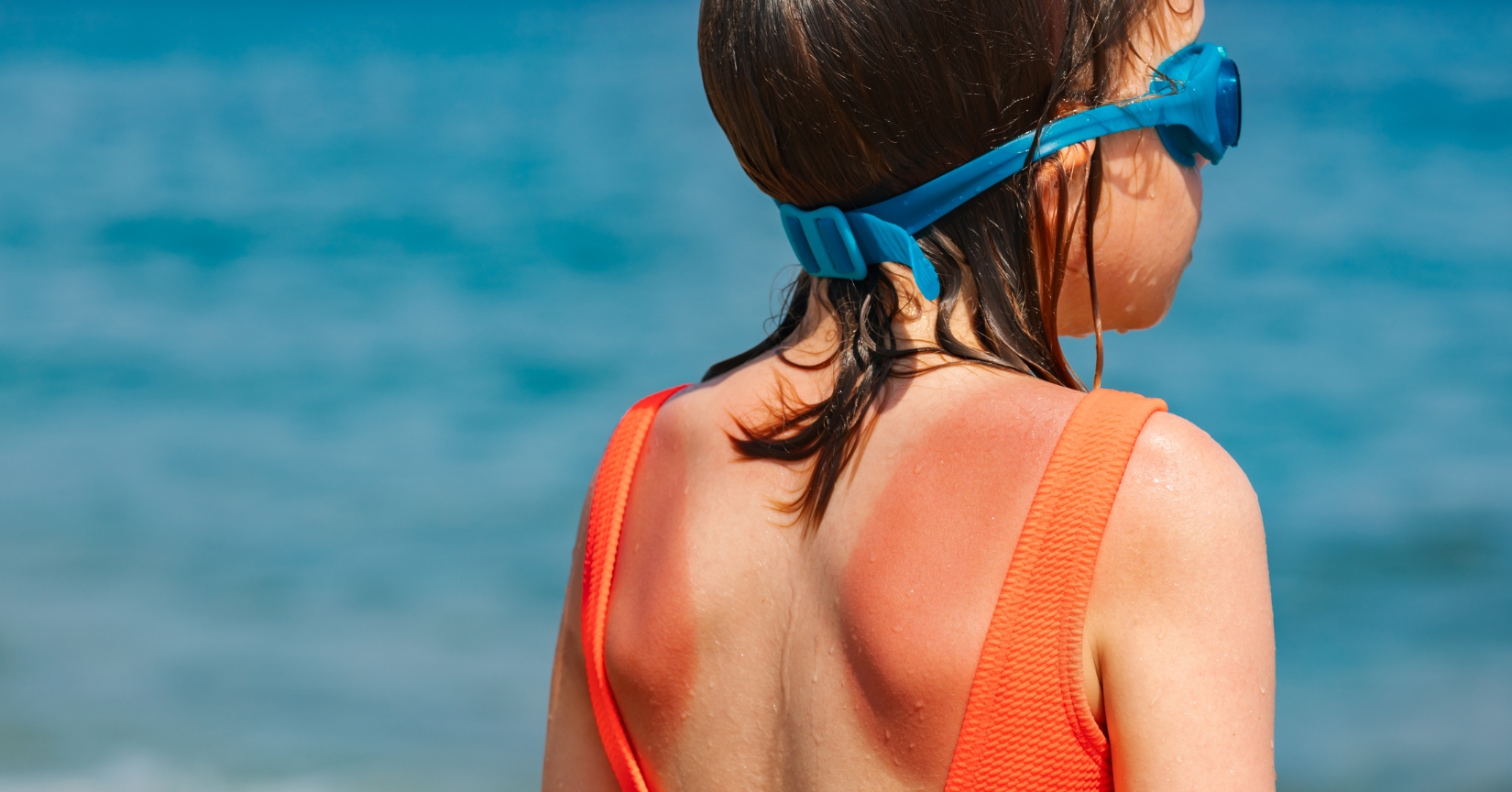Sunburn in children can be a distressing experience for both you and your little one. Not only is it painful, but it can also cause long-term skin damage if not handled properly. If your little one has unfortunately caught too much sun, it’s crucial to know how to soothe and heal their tender skin.
With my experience as a parent and my background in holistic wellness, I’ve gathered a list of remedies that have proven to be effective in treating sunburn. These remedies are easy to use while also include natural methods that provide relief and promote healing.
In the following sections, we’ll explore these 6 essential remedies to help when your child gets sunburn. Each remedy is backed by science and trusted by many parents who have faced similar situations. We’ll delve into how each remedy works, how you can easily apply them, and what results you can expect.
1. Cool Water Compress
One of the first steps to take when your child gets sunburn is to calm the skin with a cool water compress. This simple yet effective remedy can provide immediate relief from the stinging sensation of sunburn and reduce inflammation.
Take a clean cloth, soak it in cool (not cold) water, and gently apply it to the sunburned area. It’s essential to use cool water as cold water can shock the skin and cause additional discomfort.
Here’s a simple step-by-step guide on how to do this:
- Soak a clean cloth in a bowl of cool water.
- Wring out the excess water from the cloth.
- Gently place the cloth on the sunburned area.
- Leave it on for 10-15 minutes.
- Repeat every few hours as needed.
This method works by drawing heat away from the skin, reducing redness and swelling.
2. Aloe Vera Gel
Aloe vera is a well-known natural remedy for sunburn due to its soothing and anti-inflammatory properties. The gel from this plant can hydrate the skin and speed up healing, reducing the discomfort caused by sunburn.
It’s best to use pure aloe vera gel directly from the plant. If you have an aloe vera plant at home, you can simply cut a leaf, squeeze out the gel, and apply it to your child’s sunburned skin.
If you don’t have an aloe vera plant, you can buy pure aloe vera gel from health stores. Make sure to choose a product that’s free from added colors or fragrances as these ingredients can irritate the skin.
Apply the gel gently on the sunburned area and let it dry. You can do this multiple times a day as needed. Your child should start feeling relief soon after the application.
3. Hydration
When your child has sunburn, their body loses fluids through the skin, which can lead to dehydration. Ensuring they stay well-hydrated is crucial for promoting healing and preventing further complications.
Encourage your child to drink plenty of fluids, preferably water. Juices and sports drinks can also be given to replenish electrolytes. Avoid caffeinated beverages as they may further dehydrate the body.
Hydration is not just about drinking fluids. You can also hydrate the skin directly by applying a moisturizer that’s free from alcohol and fragrances. Apply the moisturizer on the sunburned areas after a cool bath or shower while the skin is still damp. This can help lock in moisture and soothe dry, irritated skin.
4. Oatmeal Bath
Oats are naturally rich in anti-inflammatory compounds that can help reduce redness and irritation.
For this remedy, use colloidal oatmeal, which is oatmeal that’s been ground into a fine powder. It dissolves easily in water and provides a soothing, protective barrier on the skin.
To prepare an oatmeal bath, fill your bathtub with cool water and add one cup of colloidal oatmeal. Stir the water until the oatmeal is evenly dispersed. Have your child soak in the tub for about 15-20 minutes.
After the oatmeal bath, pat your child’s skin dry gently with a soft towel. Avoid rubbing the skin as it can cause further irritation. You can then apply a gentle moisturizer to lock in hydration.
Repeat this remedy once a day until the sunburn improves. An oatmeal bath can soothe sunburn, moisturize the skin and relieve itching that may accompany healing.
5. Cucumbers
Cucumbers have a high water content and are naturally cooling, making them a great remedy for sunburn. They also contain antioxidants and pain-relieving compounds that can help soothe the skin.
You’ll need fresh cucumbers. Simply slice the cucumbers and gently apply them directly on your child’s sunburned skin. The natural juices from the cucumber will provide a cooling effect and help hydrate the skin.
Alternatively, you can make a cucumber paste by blending a couple of cucumbers in a blender or food processor. Apply the paste to the sunburned area for additional soothing and hydrating benefits.
Leave the cucumber slices or paste on for about 20 minutes before rinsing with cool water. This remedy can be repeated several times a day as needed to provide relief.
6. Milk Compress
A milk compress can be a helpful remedy for sunburn because the proteins in milk can help soothe the skin and reduce inflammation. The coolness of the milk can also provide immediate relief from the burning sensation.
Use whole milk as it has more fat and proteins than skim milk. Simply soak a clean cloth in a bowl of cool milk and apply it gently to your child’s sunburned skin.
Leave the compress on for about 10 minutes before rinsing with cool water. Keep in mind to be gentle when applying and removing the compress to avoid causing further irritation to your child’s sensitive skin.
This remedy can be repeated several times a day as needed to provide relief. It’s an easy and effective way to soothe sunburn with something you likely already have in your fridge.
Sun Safety: Prevention is Key
While it’s crucial to know how to treat sunburn, the best approach is always prevention. Protecting your child’s skin from the sun’s harmful rays is a vital part of their overall health and wellness.
Teach your child about the importance of applying sunscreen whenever they are going to be outside, even on cloudy days. The sunscreen should have a sun protection factor (SPF) of at least 30 and offer broad-spectrum protection, which means it protects against both UVA and UVB rays. Remember to reapply every two hours, or more often if your child is swimming or sweating.
Encourage your child to wear protective clothing, such as wide-brimmed hats and long-sleeved shirts. Seek shade during the hottest parts of the day, usually from 10 a.m. to 4 p.m., when the sun’s rays are the strongest.
By instilling these habits early on, you’re helping your child develop a healthy respect for the sun and equipping them with skills to protect their skin for a lifetime.








